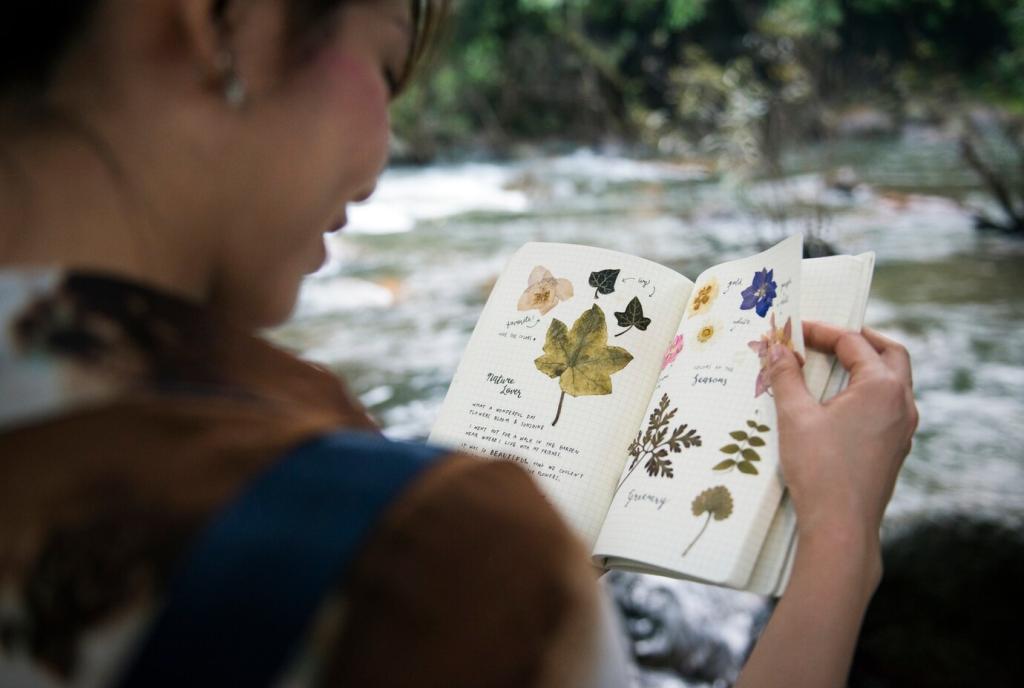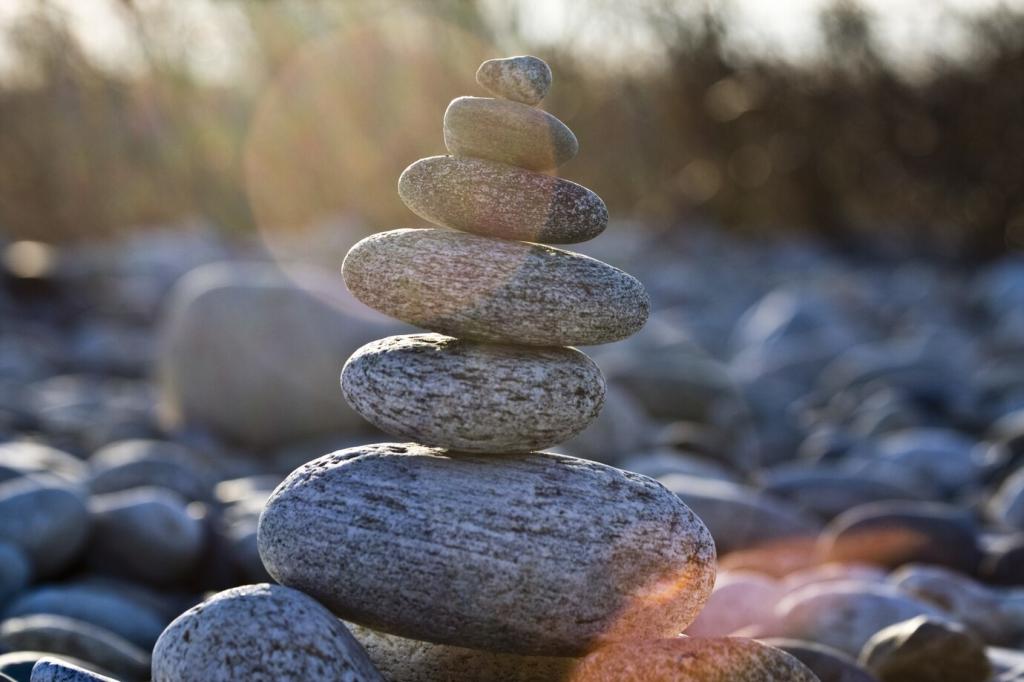Listening Like a Forest: Soundscape Meditation
Sit comfortably and receive all sounds without chasing any single call. After a minute, gently note categories—wind, water, insects, contact calls. Then refine. This builds auditory resilience for chaotic flock scenes. Share which categories sharpened your identification skills fastest.
Listening Like a Forest: Soundscape Meditation
When you recognize a note—chickadee dee-dee or a robin’s downslurred tut—label it softly, then return to spacious listening. Gentle labeling anchors memory without narrowing attention. Post three calls you labeled today and how it changed your listening mood.


